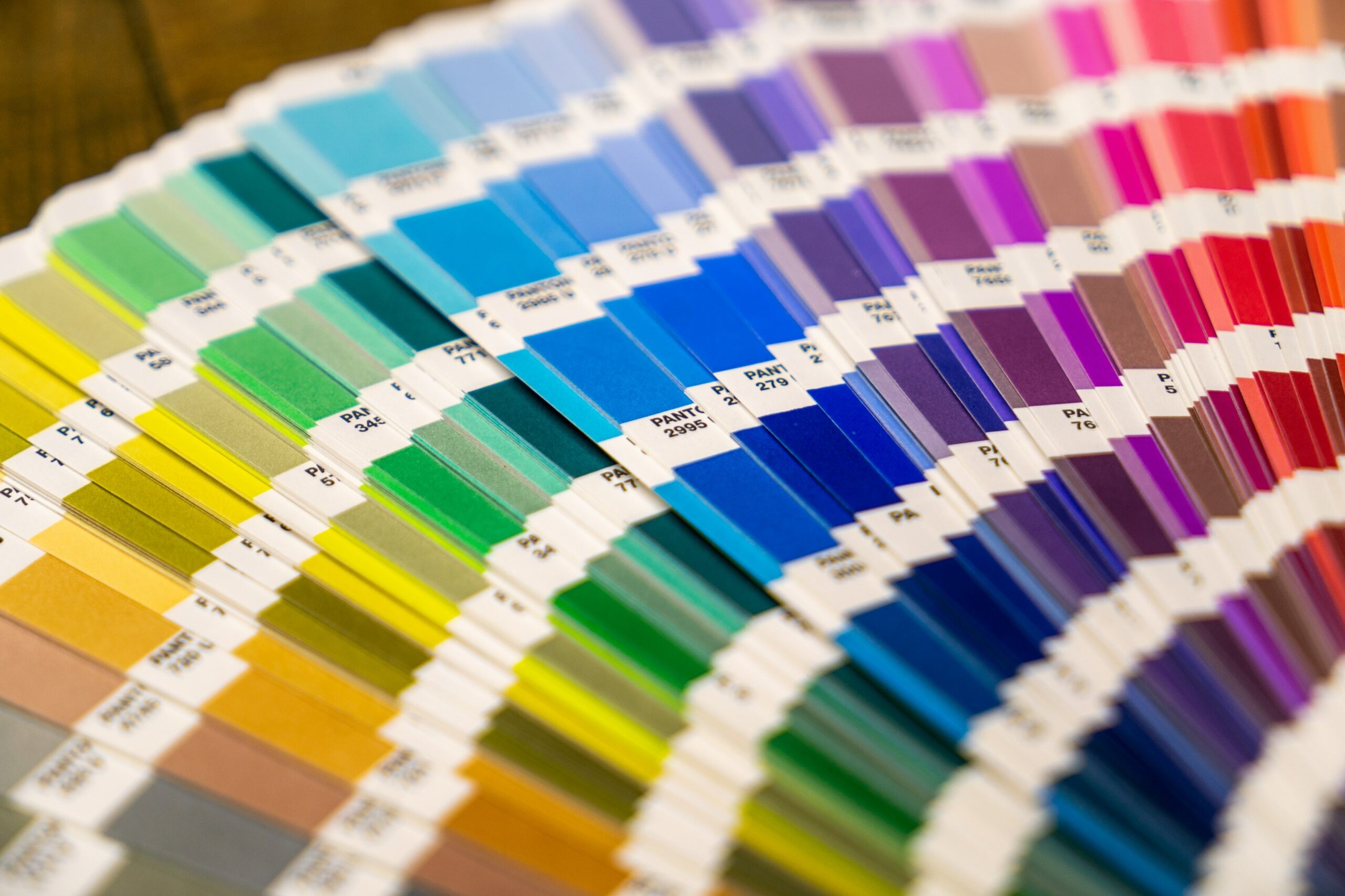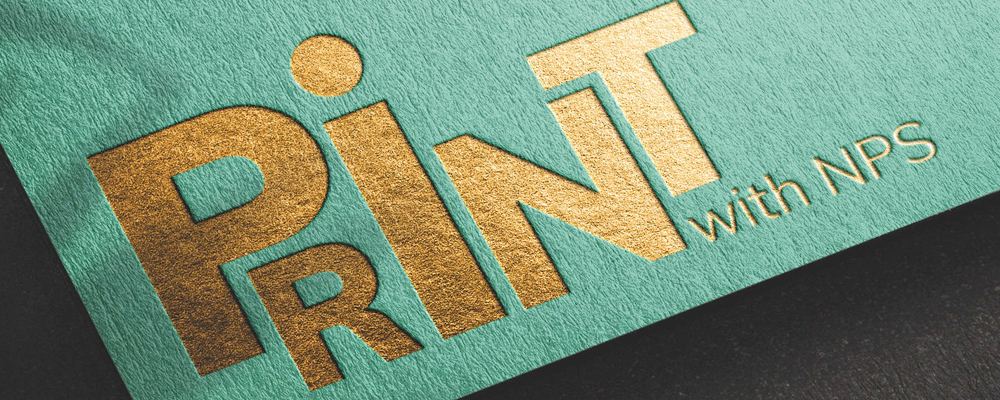Business cards aren’t going anywhere!
Business cards are the calling card of professionals everywhere and have been for years. But is their future really safe? In an age of rapid digitisation, many would say no.
Plus, it doesn’t matter how many times you ask the question “do business cards still matter?” someone is always going to say they’re irrelevant, and someone else is going to jump to their defence. And yet print companies are still taking orders for business cards …….by the thousand!
Maybe, to see the future of business cards, we need to look more carefully at their history.

Visiting Cards
As early as the 15th Century, Meishi Chinese lords would send ‘visiting cards’ ahead to whomever they were visiting to announce their impending arrival. Design choices were just as important back then as they are now. The recipient could gauge just how ‘lordly’ their visitor actually was based on the weight of the visiting card, the brushmanship, and the age of the messenger.
Calling Cards
Once the 17th Century rolled around, ‘calling cards’ were in widespread usage across Europe. Used in a similar manner to visiting cards, they’d be used to promote an individual’s arrival to a town or even their home. Aristocratic families and public figures were renowned for using gold engraving and fancy typefaces to cement their individuality with a card design.
If you visited the house of another high-class friend, you’d leave your calling card in their card tray. Without high-class connections, the elite were at risk of losing their social standing. Calling cards helped solidify their networks.
Courting Cards
The romantic period peaked at the end of the 18th Century. But even prior to that hopeful suitors looking to catch the eye of a fair lady of the manor would leave a ‘courting card’ with the keeper of the house. Ladies would either reciprocate or ignore it. Harsher than a left swipe? Definitely.
Trade Cards
Businesses soon cottoned on to this fairly inexpensive and already widely adopted form of promotion and began using ‘trade cards’ to form networks between customers, suppliers, and peers alike. And since signatures were legally binding, they could also be used as contracts.
Modern Day Business Cards
The 19th Century saw people starting to introduce themselves using their position at a company rather than their personal affiliations. Calling cards and trade cards began to merge in terms of function, and it was at the time of the Industrial Revolution that the ‘modern business card’ became popularised.
The 21st Century saw a loss of traditional business card etiquette, and they became widespread in informal society (to the distaste of upper-class British families). A new set of rules began to emerge – business cards shouldn’t be written on, carried loose, or presented in anything other than brand-new condition.
So, what’s the future of business cards?
Researchers have been telling you that technology is going to change printed business cards forever. “They’ll be 3D,” they say. “Watch out – holograms are next!”
Whilst the recent covid pandemic has accelerate the use of digitalisation, we think it’s important to focus on the concept of a business card – it’s a small packet of data that one person passes to another in order to enable ease of communication in the future, and to signify a willingness to get in touch.
Technology can replace this concept with ease and already has. Instead of asking for a business card at a trade show or networking event , you can type your contact’s name into LinkedIn, and less than a second later, there they are.
So why are we interested in the future of printed business cards? Marketers know better than anyone that although the general public wants integration and digitisation, there’s still a general reluctance to let go of the physicality of printed materials entirely. That’s why direct mailing works better on average than an email marketing campaign.
Business cards are so ingrained in our working culture that switching entirely to digital communication can sometimes feel somewhat disingenuous. You have to put effort and money into getting professional business cards printed, but anyone can set up a LinkedIn account.
It almost harks back to the visiting cards of the 15th Century Meishi Chinese – you can feel the weight of the stock between your finger and thumb, examine the embossing, the font choice, the design… all of which can lead you to decide whether the person you’re speaking with is worth your time or not.
Business cards offer a more personal first impression than an online profile. They set you apart. And as a working generation, we’re not ready to move away from them just yet.
